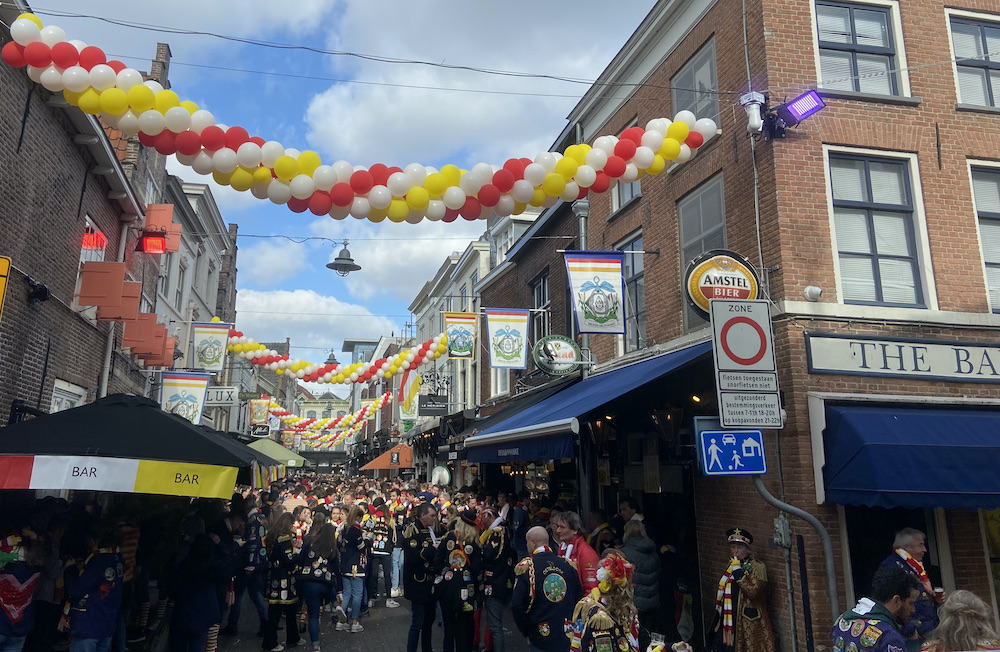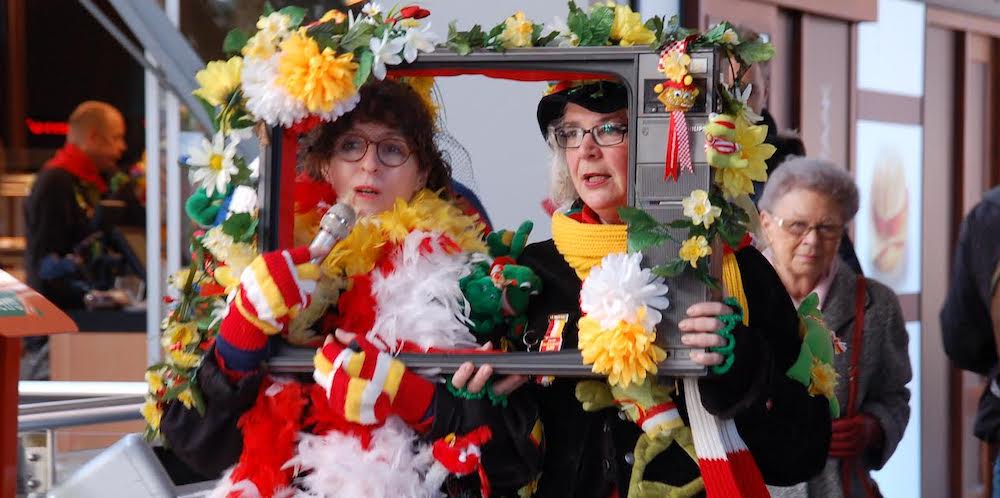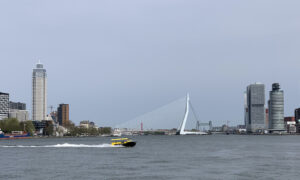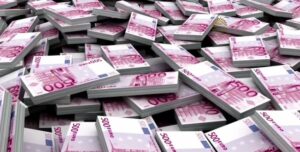It’s carnaval time in the Netherlands and for those who are new to this very Dutch tradition, here are some survival tips for the week.
What is carnaval? Traditionally it is the precursor to Lent and Easter and once involved feasting in order to empty the homes of food before the fasting of Lent. It lasts from Saturday through to the Tuesday six weeks before Easter. This year, carnaval starts today, 19 February, and lasts till Tuesday 21 February.
Although celebrated in many Roman Catholic countries, in the Netherlands carnaval has traditionally only been observed in the south, below the Maas River in Noord Brabant and Limburg. ‘s-Hertogenbosch (Den Bosch), Tilburg, Eindhoven and Maastricht are the cities that have major celerbrations, but all the local towns have their own events.
Den Bosch is arguably the best place for carnaval and people travel from far and near to be part of the fun. (The trains are often packed the day of, so try to travel early.)
There is even a carnaval museum to visit, The National Carnaval Museum (Oeteldonks Gemintemuzejum) in ‘s-Hertogenbosch.

The details:
Town Names. Towns change their names to hilarious versions, for example ‘s-Hertogenbosch becomes Oeteldonk (Frog Hill) and Eindhoven becomes Lampegat (Lamp Hole). Okay, we had to look up the reasoning behind all this. Some of the names are inside jokes about the history of the city (Lamp Hole refers to the fact that Eindhoven started out as a lightbulb manufacturing center.) Some of the names are from the local dialect. (Yes, the tiny country of the Netherlands has multiple Dutch dialects and even offshoot languages such as the multiple Frisian languages. The Limburgish dialect of Dutch is spoken in the province of Limburg and in neighboring Belgium and Germany, where Carnaval is popular.)
Parades. Most towns, big or small, have parades which involve elaborate creative and humorous floats, marching bands and groups of weird and wonderful people. You might not get the humour but what’s not to like about a parade?
Drinking. Yes. This happens a lot! Be prepared for very crowded bars. In Den Bosch, entire streets including Korte Putstraat are packed to absolute capacity with revelers from early afternoon on the first Saturday of carnaval. Oh, and the main square is also SRO. Day drinking in the streets is a thing at carnaval.
Music. The music of carnaval is Dutch schlarger music, with marching bands playing songs that can be only described as local humour. If your Dutch is good you might be surprised at how un-PC the lyrics can be! You can check out all the risqué lyrics and double-entendres here.
Dancing. In Brabant the polonaise often involves a line of people putting a hand on the shoulder of the person in front, rather like the conga, keeping one hand free for the beer of course.
Vacation. This is not a public holiday but many people take time off to celebrate (and recover) and many businesses are closed over this period, which generally runs the entire week of the actual carnaval dates.
Transport. Expect road closures as parades take place on different days in local towns and cities, and buses and trains tend to be very busy.
Local Government. During carnaval, the running of the town is symbolically handed over to the Carnaval Prins or Prinses and Adjutant (jester) who wear large feathers in their hats. There are also youth princes and princesses.
Town colours. Each town has its own colours and traditions. Oeteldonk has red, white and yellow for its colours and the frog as a symbol, and Lampegat orange and blue. Maastricht and most of Limburg has red, yellow and green as their colours. The colors are a holdover from the days when the Dutch were very regional and rather disdainful of rival villages.
Clothing. There are no rules regarding outfits but everyone loves to dress up in carnaval, the crazier the better, much like Halloween. Shops spring up selling outfits, scarves, hats and gloves in the colours of the town. In Oeteldonk the outfit of choice is a blue farmer’s outfit (jacket and trousers) decorated with frogs and badges from previous years to show you are a true Oeteldonker, with your red, yellow and white scarf of course.
As the weather is usually chilly the scarves, hats and gloves are very welcome. Also, masks are often worn at carnaval or you can use face paint to add to your costume.
Dress Tip: Don’t wear anything of quality or that you want to keep. You will either have beer spilled over it or will take it off in a bar and forget where you left it.
So put on your outfit and thermals, do some stretches on your drinking arm, then grab a Dutch friend to explain the in-jokes and celebrate.
Photographer/writer Jackie Harding was born in the United Kingdom. As a long-time expat, she lived in Boston for 12 years and in the Netherlands for the past 10 years.
Trained as a nurse in the U.K., she worked for nine years in the United States as a special education teacher’s assistant. Since moving to the Netherlands, she has discovered writing and photography.
Contributing to Dispatches since 2016, Jackie has written about her travels around Europe as well as about expat life and issues.
She also covered the Women’s March Amsterdam.
She’s married to British businessman Martin Harding and is the mother of two international adult children.















